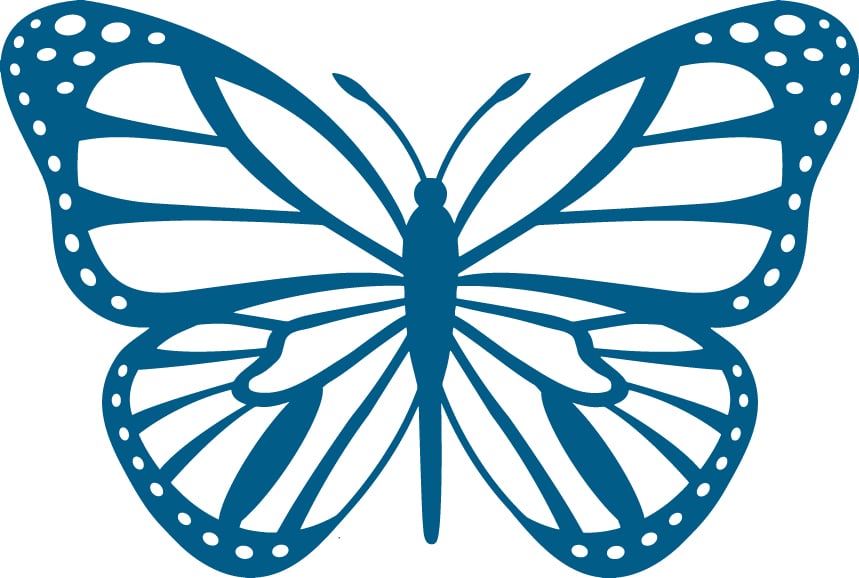The pursuit for automation is growing, and with very good reason. The fewer human hours we spend on time consuming tasks, the more human hours we have (indirectly) for family, friends and fun. Isn’t that what life in the hive is all about? It’s the execution of change towards automation that brings the frown for many, but even more so when implementing change company-wide.
 If a change is as good as a holiday, it stands to reason that constant change could be very relaxing. If you are the instigator of change, being familiar with the ins and outs, it is often soothing to see things fall into place as you’ve planned it. The opposite can be equally true. Change can be a major driver behind stress if you find yourself on the receiving end. Not seeing the need for change in the first place and not being kept in the loop when decisions are made at top level, can leave one feeling overwhelmed, confused and could leave a bitter taste for lower level employees having to adapt in the dark.
If a change is as good as a holiday, it stands to reason that constant change could be very relaxing. If you are the instigator of change, being familiar with the ins and outs, it is often soothing to see things fall into place as you’ve planned it. The opposite can be equally true. Change can be a major driver behind stress if you find yourself on the receiving end. Not seeing the need for change in the first place and not being kept in the loop when decisions are made at top level, can leave one feeling overwhelmed, confused and could leave a bitter taste for lower level employees having to adapt in the dark.
The purpose of this article, is to explain how the principles of Complex Adaptive Systems (CAS) can be applied to create a low stress software transition company wide.
Think of your company as a hive mind, where agents (persons) act interdependently.
- Every agent can act and make dec
isions independently while remaining within the confounds of constraint. - Yet maintaining open channels of communication with other agents.
- And considering the effects of change on agents.
 Imagine a butterfly effect where every agent adjusts to change as it reaches them, fast and effectively. A CAS system allows agents to be innovative, responsible and adaptive. These principles can be applied to company wide software rollouts, so everyone can find it soothing.
Imagine a butterfly effect where every agent adjusts to change as it reaches them, fast and effectively. A CAS system allows agents to be innovative, responsible and adaptive. These principles can be applied to company wide software rollouts, so everyone can find it soothing.
“A collection of individual agents, who have the freedom to act in unpredictable ways, and whose actions are interconnected such that they produce system-wide patterns.”
Glenda Eoyang
When a company decides to roll-out new software, it’s usually the result of a problem or pain in the hive that needs to be addressing. In many cases, a pain point is identified whereafter senior management will task the best person (knowledgeable in business software) to find a solution for said pain point.
Mike (IT manager at Leavo Construction) is asked to find a solution to address the bottleneck created in the purchasing department. He compares a few solutions and picks the best of the bunch to present to the board. A decision is made and planning starts for company-wide implementation. Everyone involved in the decision and planning are at ease. Plans are being made and handled by competent people and everything is going smoothly.
Sarah is a site manager at her hive, Leavo Construction. She invested a lot of time into getting her processes running as smooth as she can get them with the resources available. Suddenly everything changes. New software was introduced and her staff are in uproar about the new protocols. Sarah thinks that management made the wrong decision, because she has to spend more time on admin now.
Management at Leavo construction considers the project a success. They can now approve purchases from any mobile device and accounting can access reports at any time.
Eventually, Sarah will get used to the new system and find that it does in fact save her time. Although management meant well and did make the right decision, the process of change was handled poorly. Little attention was paid to unintended consequences down the line.
Of course the opposite is equally relevant. It could have been Sarah asking for new software and management who’d need convincing. If Leavo construction was run as a CAS, change would be instant and with ease.
CAS aims to find a balance between order and chaos, allowing your business to adapt to change as it happens.
All agents and systems (divisions in your hive) would adapt to and even enhance the new process. Two of the key principles here are self-organization and coevolution; the agent’s behaviour is constrained by the system, but the system is updated by the agent’s interaction with it. An evolving, self sustained organism with agents working inter-dependently. The key takeaway is to involve/inform all levels of staff in software changes from the planning phase, so everyone can evolve together and the technical experience of staff can be used as an asset.
“The best run companies function much like a flock of birds, in which individuals following fairly simple rules interact with each other to form a cohesive and dynamic whole.”
Roger Lewin and Birute Regine
Company processes now involve continuous, correct decisions on all levels. For this to be successful, total trust and ongoing academic growth is necessary for everyone. All agents should be the CEO of their own operations. If employees have these responsibilities (inter-dependence) and coevolution between each other, you almost have your complex adaptive system. Your organism still needs direction, which can be achieved with a steadfast mission statement (basic rules) continuous company-wide collaboration and paying attention to small changes.

Technology is only as good as the human working with it. Getting new software will bring your company little in terms of value and benefit if staff is reluctant to adopt it. Given the opportunity to wrap her head around it and perhaps contribute to the decision beforehand , Sarah would have been able to integrate the new technology with her team’s daily processes seamlessly. This, of course, will save your company some time and money by eliminating software adoption time. Because agents now work inter-dependently, they consider possible unexpected consequences of change. The gravity of consequences is milder, because other agents adapt and change with the flow.
Your Company
Progressing your company to CAS is a big step. Taking small measures to streamline new software integration will benefit you a fair amount to start with. Here are some steps you can take to turn on your company’s hive mind when implementing new software.
- Hire staff that can easily adapt to change. Characteristics include: a hunger for learning, a positive work history, a general satisfaction with life and passion for their work.
- Inform all relevant agents as early in the planning stage as possible.
- Consider relevant agents’ input on their needs for the software.
- Ask the software provider to supply you with explainer documentation for relevant agents so they can start mentally fitting it into their existing processes.
- When a decision is made, inform agents of the decision and start training considering computer proficiency levels.
- Ask your whole team to pay attention to small changes in their environment and adjust continuously.
- By giving employees KPIs, they can come to their own conclusion determining the level of benefit that software adds to their own tasks and productivity.
Because change is constant, it is better embraced than avoided. Relax into the CAS model to make your organization resilient to perturbation.

